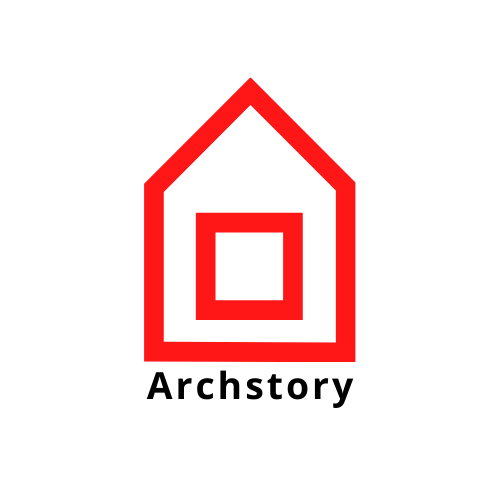
Nieto Sobejano Arquitectos-Faculty of Humanities and Communication Sciences
이 건물은 마드리드의 CEU Moncloa 캠퍼스에 위치하고있다. Nieto Sobejano Arquitectos가 설계한 이 건물은 삼각형 부지에 있다. 이 프로젝트는 지하주차장과 함께 강의실, 워크샵, 세미나, 연구 및 영상세트를 위한 12,000제곱미터의 공간을 제공한다.
U자형 계획을 가진 본관은 대지의 주변을 따라 남쪽으로 파티오 또는 회랑으로 연결되고 큰 규모의 넓은 계단은 관람석으로 변형되어 학생, 교사 및 방문자가 함께 모이는 공공공간을 구성한다. 물결모양의 천공된 금속 외피를 통한 파사드의 외부 처리는 도시 맥락의 적응하는 건물에 통일성을 부여하는 동시에 다양한 방향에 따라 다양한 주름으로 형성되어 있어 햇빛을 차단하는 역할을 한다.
The CEU Moncloa Campus in Madrid includes various university buildings built at different times dedicated to teaching and research. The new building designed by Nieto Sobejano Arquitectos for the Faculty of Humanities and Communication Sciences is located on a triangular plot in the Colonia Metropolitana de Madrid.
The strong topographic slope of the plot generates a permeable structure traversed by a sequence of open spaces that connect two access areas, from Paseo Juan XXIII and from the north of the site. This connection defines public spaces at different levels that determine the formal structure of the building. The project offers 12,000 square meters of space for classrooms, workshops, seminars, research, and television sets, with an underground car park. The management and administration areas are housed in an original building of the Colonia Metropolitana, which has been rehabilitated for this purpose.
The main building, with a U-shaped plan, follows the perimeter of the site, opening onto a patio or cloister to the south, and transforming into a wide stairway or bleachers on an urban scale that gives access to the roof with views towards the Sierra de Madrid and the University City. This open-air grandstand and the central patio constitute the public spaces where students, teachers, and visitors come together. The exterior treatment of the facades by means of a wavy perforated metallic skin generates solar protection modulated in different folds according to the different orientations at the same time that gives unity to a building that adapts to the scale of the urban context in which it is located.
Photography by Roland Halbe



from archdaily
'Office' 카테고리의 다른 글
| -더 샤드 [ Renzo Piano Building Workshop ] The Shard (0) | 2023.03.26 |
|---|---|
| -DK 오피스 [ skimA ] DK Branch Office (0) | 2022.12.12 |
| -오믹스 연구 센터 [ jaq ] Omics Research Center (0) | 2022.11.27 |
| -한국 테크노플렉스 [ Foster + Partners ] Hankook Technoplex (0) | 2022.11.15 |
| -이시가키 시청 [ Kengo Kuma & Associates ] Ishigaki City Hall (0) | 2022.11.15 |
